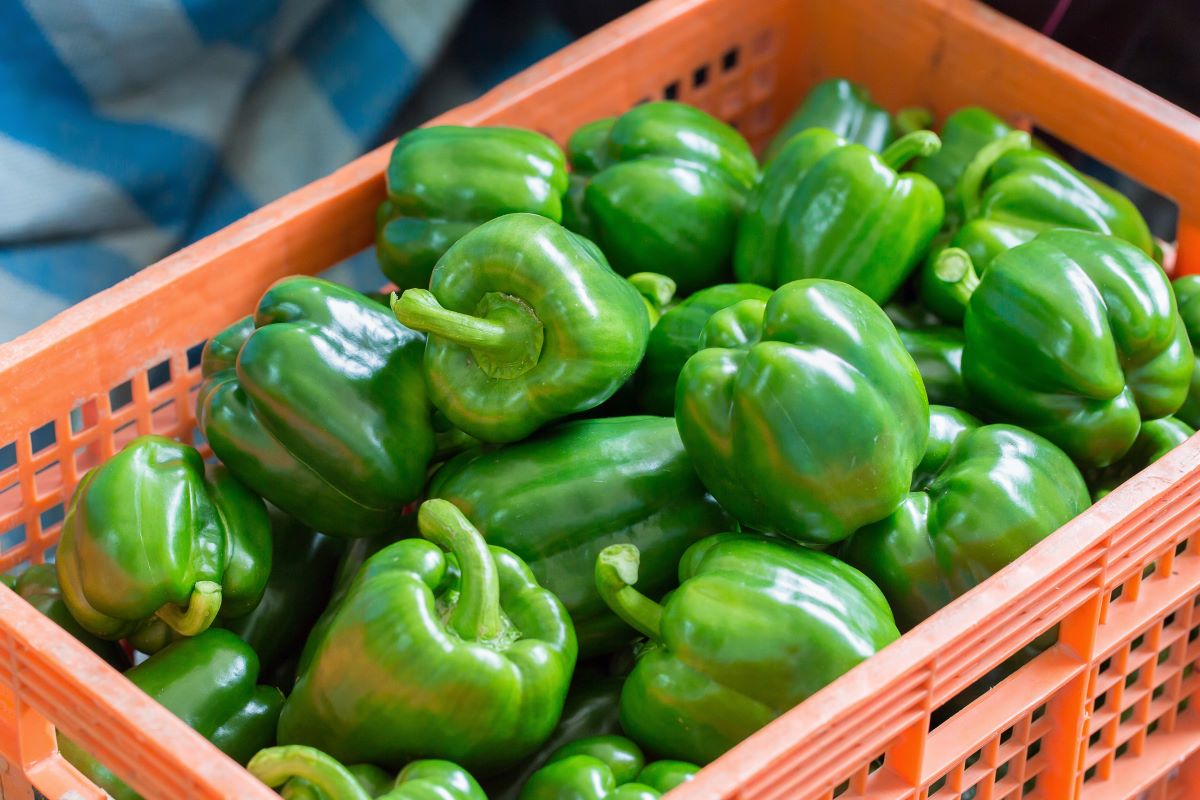

Articles
How To Store A Green Pepper
Modified: January 9, 2024
Learn the best methods for storing green peppers for long-lasting freshness. Read our informative articles for helpful tips and tricks.
(Many of the links in this article redirect to a specific reviewed product. Your purchase of these products through affiliate links helps to generate commission for Storables.com, at no extra cost. Learn more)
Introduction
Green peppers are versatile and flavorful vegetables that add a vibrant touch to many dishes. Whether you grow them in your garden or buy them from the grocery store, it’s important to store them properly to prolong their freshness and flavor. Knowing the proper storage methods for green peppers will ensure that you can enjoy their crispness and nutritional benefits for longer periods of time.
In this article, we will explore the various ways to store green peppers, whether they are whole, sliced or chopped, and even their seeds. We will also provide some helpful tips to extend the freshness of your green peppers and get the most out of this delicious ingredient.
So, let’s dive in and discover how to store green peppers to maximize their shelf life and maintain their deliciousness!
Key Takeaways:
- Store whole green peppers in the fridge, wrapped in paper towels and placed in a perforated plastic bag, to keep them fresh for 1-2 weeks. Check regularly for spoilage.
- Freeze sliced or chopped green peppers in airtight containers for 9-12 months. Use them directly from frozen in cooked dishes for added convenience.
Read more: How To Store Green Peppers
Understanding Green Peppers
Before diving into the storage methods, it’s helpful to understand a bit more about green peppers. Green peppers, also known as bell peppers or capsicum, are a member of the nightshade family and come in various colors like green, red, yellow, and orange. Green peppers are actually immature peppers that have not yet ripened fully.
Green peppers have a slightly bitter and tangy flavor, and are packed with essential nutrients like vitamins A, C, and K, as well as dietary fiber. They are also low in calories, making them a healthy addition to any diet.
When it comes to choosing green peppers for storage, opt for those that are firm, glossy, and have a vibrant color. Avoid green peppers that have soft spots, wrinkled skin, or signs of decay as they may not last as long.
Now that you have a better understanding of green peppers, let’s explore the proper storage methods to keep them fresh and flavorful for as long as possible.
Proper Selection of Green Peppers
The key to storing green peppers successfully starts with selecting the right ones. When choosing green peppers, look for ones that are firm and vibrant in color. Avoid peppers that show signs of wrinkling, soft spots, or discoloration, as these are indications of age or spoilage.
If you are picking green peppers from your garden, opt for ones that are fully developed but still green in color. Avoid peppers that have started to turn yellow, orange, or red, as these are signs of ripeness and they won’t store as well.
When purchasing green peppers from the store, inspect them carefully. Give them a gentle squeeze to check for firmness. The peppers should feel solid and have a slight give, but they should not be overly soft or mushy. Additionally, choose peppers that have a shiny, smooth skin with no blemishes or wrinkling.
It’s also worth noting that smaller green peppers tend to have a milder flavor, while larger ones can be more robust and slightly bitter. Choose the size that suits your taste preferences and recipe requirements.
By selecting the freshest and highest quality green peppers, you set a strong foundation for successful storage and long-lasting freshness.
Optimal Storage Conditions
Creating the right storage conditions is essential for keeping green peppers fresh and crisp. Follow these guidelines to provide the optimal environment for storing green peppers:
- Temperature: Green peppers prefer cool temperatures between 45 to 50°F (7 to 10°C). Avoid storing them in temperatures below 40°F (4°C) as they might become damaged by the cold.
- Humidity: Green peppers thrive in moderate humidity levels. Aim for a humidity range of 85-90% to keep them from drying out. You can achieve this by storing them in a perforated plastic bag or wrapping them in a damp paper towel.
- Avoid moisture: While maintaining humidity is important, it’s crucial to prevent excess moisture. Excess moisture can lead to rot and spoilage. Ensure that the green peppers are not wet or damp before storage.
- Avoid direct sunlight: Green peppers are sensitive to direct sunlight exposure, as it can cause them to lose their vibrant green color and become soft. Store them in a cool, dark place away from sunlight.
By adhering to these storage conditions, you can extend the shelf life of green peppers and preserve their freshness and flavor for a longer duration.
Storing Green Peppers Whole
If you have green peppers that are still whole and you want to store them for future use, here’s what you need to do:
- Leave the stems intact: It’s best to keep the stems attached to the green peppers as it helps to preserve their freshness and prevent moisture loss.
- Wrap individually in paper towels: Take each green pepper and wrap it individually in paper towels. The paper towels will absorb any excess moisture and provide a protective layer against bruising.
- Store in a breathable plastic bag: Place the paper towel-wrapped green peppers in a perforated plastic bag or a vegetable storage bag with small holes. The purpose of the holes is to allow for air circulation and prevent moisture buildup.
- Place in the refrigerator: Once properly wrapped and bagged, place the green peppers in the vegetable crisper drawer of your refrigerator. This will provide the cool temperature and consistent humidity they require.
- Check regularly: Periodically check the green peppers for any signs of spoilage or decay. Remove any peppers that have started to deteriorate to prevent them from affecting the others.
By following these steps, you can keep whole green peppers fresh and crunchy for up to 1-2 weeks in the refrigerator. Remember to use them as soon as possible for optimal taste and texture.
To store a green pepper, place it in a perforated plastic bag in the crisper drawer of the refrigerator. This will help maintain its freshness and crispness for up to a week.
Read more: How To Store Green Pepper
Storing Sliced or Chopped Green Peppers
If you have sliced or chopped green peppers that you want to store for later use, follow these steps to keep them fresh:
- Prepare the green peppers: Wash, deseed, and slice or chop the green peppers according to your desired size and shape.
- Blanch the green peppers (optional): Blanching the green peppers before storage can help maintain their color and texture. To blanch, bring a pot of water to a boil and carefully submerge the sliced or chopped green peppers for 1-2 minutes. Then, immediately transfer them to an ice bath to stop the cooking process.
- Drain and dry: After blanching or if you choose to skip that step, drain the green peppers well to remove any excess moisture. Pat them dry with a clean kitchen towel or paper towels.
- Divide into portion sizes: If you expect to use specific portions of green peppers in your recipes, divide them into individual or meal-sized portions. This will make it more convenient when you need to grab them from the freezer later.
- Package and seal: Place the sliced or chopped green peppers into airtight freezer bags or containers. Squeeze out any excess air before sealing to prevent freezer burn.
- Label and date: Remember to label the bags or containers with the contents and date of storage. This will help you keep track of their freshness.
- Freeze: Place the packaged green peppers in the freezer, ensuring they are flat and arranged in a single layer for quicker freezing.
Frozen sliced or chopped green peppers can last for up to 9-12 months in the freezer. They can be used directly from frozen in cooked dishes like stir-fries, soups, and casseroles. However, they may not retain their crispness, so they are best suited for recipes that involve cooking.
By following these steps, you can have a convenient supply of green peppers ready to use whenever you need them.
Freezing Green Peppers
Freezing green peppers is a great way to preserve their freshness for an extended period. Whether you have a surplus from your garden or want to take advantage of a sale at the grocery store, freezing green peppers is simple and convenient. Here’s how you can do it:
- Prepare the green peppers: Wash the green peppers thoroughly, then remove the stem, seeds, and pith. Slice or chop them into your desired size and shape.
- Blanch the green peppers: Blanching helps to retain the color, texture, and nutritional value of the green peppers. Bring a pot of water to a boil and carefully submerge the green peppers for 2-3 minutes. After blanching, immediately transfer them to an ice bath to cool and stop the cooking process.
- Drain and dry: Drain the blanched green peppers well to remove any excess moisture. Pat them dry with a clean kitchen towel or paper towels to prevent ice crystals from forming during freezing.
- Divide into portion sizes: If you plan to use specific amounts of green peppers in your recipes, divide them into pre-measured portions. This will make it easier to grab the right amount from the freezer later.
- Package and seal: Place the green peppers into airtight freezer bags or containers. Remove as much air as possible from the bags before sealing to prevent freezer burn. Alternatively, you can use a vacuum sealer for even better results.
- Label and date: Don’t forget to label the bags or containers with the contents and the date of freezing. This will help you keep track of their freshness.
- Place in the freezer: Arrange the packaged green peppers flat in the freezer, making sure they are in a single layer. This will allow them to freeze faster and prevent them from sticking together.
Frozen green peppers can stay fresh for up to 9-12 months in the freezer. They are perfect for use in cooked dishes like stir-fries, soups, stews, and casseroles. However, due to the change in texture, it is not recommended to use thawed frozen green peppers in uncooked recipes or salads.
With frozen green peppers on hand, you can enjoy the taste and nutritional benefits of this vegetable all year round.
Storing Green Pepper Seeds
If you’re a gardening enthusiast or want to save green pepper seeds for future planting, it’s important to store them properly to maintain their viability. Here’s what you need to know about storing green pepper seeds:
- Harvesting the seeds: To collect green pepper seeds, allow the peppers to fully ripen on the plant until they turn red, yellow, or orange. Cut open the peppers and remove the seeds. Ripe peppers are easier to extract seeds from compared to green ones.
- Drying the seeds: Place the green pepper seeds on a plate or tray in a well-ventilated area away from direct sunlight. Allow them to air dry for about a week or until the seeds are completely dry. Stir or flip them occasionally to ensure even drying.
- Preventing mold and moisture: It’s crucial to ensure that the seeds are completely dry before storing them. Any residual moisture can lead to mold growth and spoilage. If necessary, you can use a fan or a dehydrator on a low setting to expedite the drying process.
- Using airtight containers: Once dry, transfer the green pepper seeds to airtight containers that are moisture-proof. Glass jars or small plastic bags with zip seals work well for storing seeds. Make sure to label the containers with the date and seed variety.
- Storing in a cool, dry place: Store the sealed containers in a cool and dark place, such as a pantry or a refrigerator. The ideal storage temperature should be around 32-41°F (0-5°C). Avoid storing the seeds in places with fluctuating temperatures or high humidity.
- Checking for viability: It’s a good practice to periodically test the viability of your stored green pepper seeds. To do this, take a few seeds and place them in a damp paper towel in a warm location. If the majority of the seeds germinate within a week or two, they are still viable for planting.
By following these steps, you can store green pepper seeds properly and increase the chances of successful germination when you’re ready to plant them in the future.
Tips for Extending Green Pepper Freshness
To maximize the freshness and quality of your green peppers, consider implementing the following tips:
- Store unwashed: Green peppers are best stored unwashed, as moisture can lead to spoilage. Wait to wash them until just before use.
- Keep away from ethylene-producing fruits: Ethylene is a natural gas that accelerates the ripening process in fruits and vegetables. Keep green peppers away from ethylene-producing fruits like apples, bananas, and tomatoes to prevent them from ripening too quickly.
- Do not remove the skin: Peeling the skin of green peppers can make them more prone to moisture loss and spoilage. Keep the skin intact until you’re ready to use them.
- Store cut sides down: If you have halved a green pepper and only need to store one half, place the cut side down on a plate or in a container to help maintain its moisture and freshness.
- Avoid plastic bags without airflow: While it’s important to store green peppers in a sealed bag or container to maintain moisture, avoid using non-breathable plastic bags. Instead, opt for perforated bags or use a paper towel to absorb excess moisture.
- Use them while fresh: Green peppers are at their peak flavor and nutritional value when fresh. Try to incorporate them into your meals as soon as possible for optimal taste and texture.
- Consider pickling or fermenting: If you have an abundance of green peppers, consider pickling or fermenting them. These preservation methods can prolong their shelf life and add a tangy twist to your dishes.
By following these tips, you can extend the freshness and quality of your green peppers, allowing you to savor their deliciousness for as long as possible.
Read more: How To Store Green Peppers In The Fridge
Conclusion
Properly storing green peppers is essential to maintain their freshness, flavor, and nutritional value for extended periods. Whether you have a surplus from your garden or want to take advantage of a sale, following the right storage methods can help you make the most out of this versatile vegetable.
By understanding green peppers and selecting the best ones, you lay the foundation for successful storage. Optimal storage conditions involving temperature, humidity, and protection from direct sunlight play a crucial role in preserving their freshness.
When it comes to storage methods, whole green peppers can be stored in the refrigerator, while sliced or chopped green peppers can be frozen for long-term use in various cooked dishes. Additionally, if you’re a gardening enthusiast, carefully storing green pepper seeds will ensure their viability for future planting.
Following these guidelines, along with additional tips for extending green pepper freshness, allows you to enjoy their vibrant flavor in your favorite recipes for an extended period.
So next time you find yourself with an abundance of green peppers, remember these storage techniques to keep them fresh and flavorful. With proper storage, you can enjoy the delicious taste and nutritional benefits of green peppers year-round!
Frequently Asked Questions about How To Store A Green Pepper
Was this page helpful?
At Storables.com, we guarantee accurate and reliable information. Our content, validated by Expert Board Contributors, is crafted following stringent Editorial Policies. We're committed to providing you with well-researched, expert-backed insights for all your informational needs.
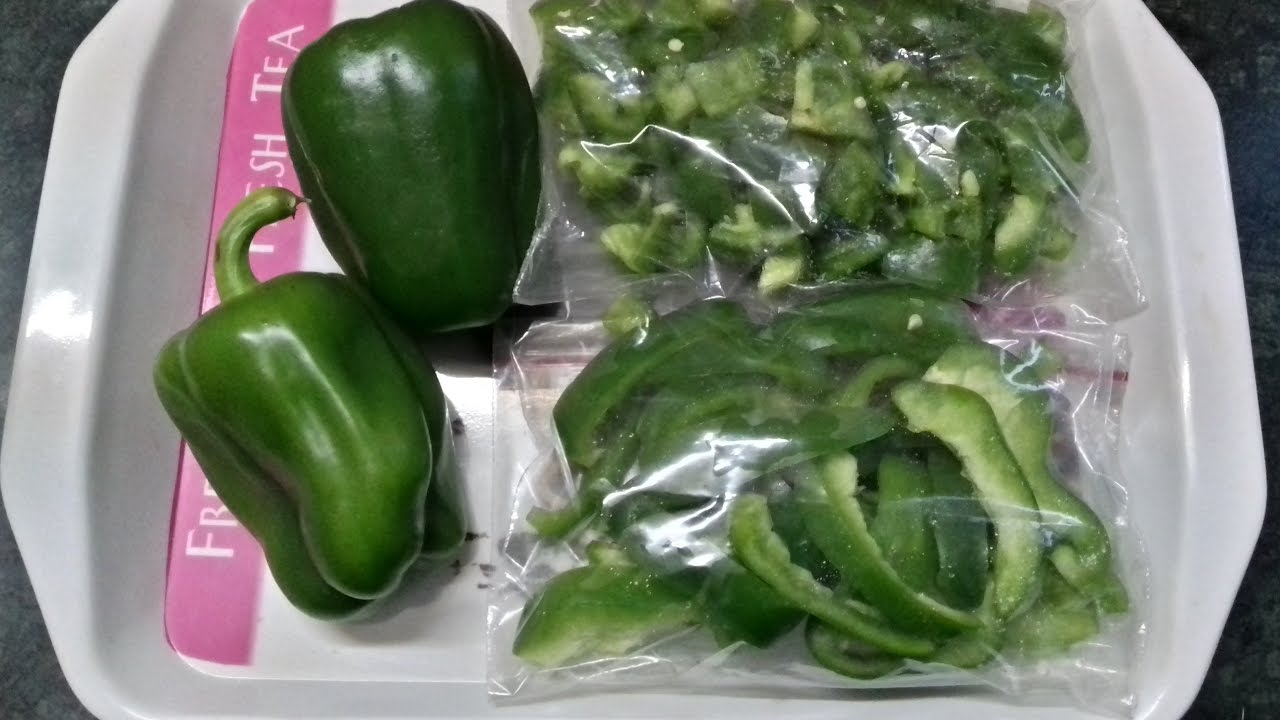
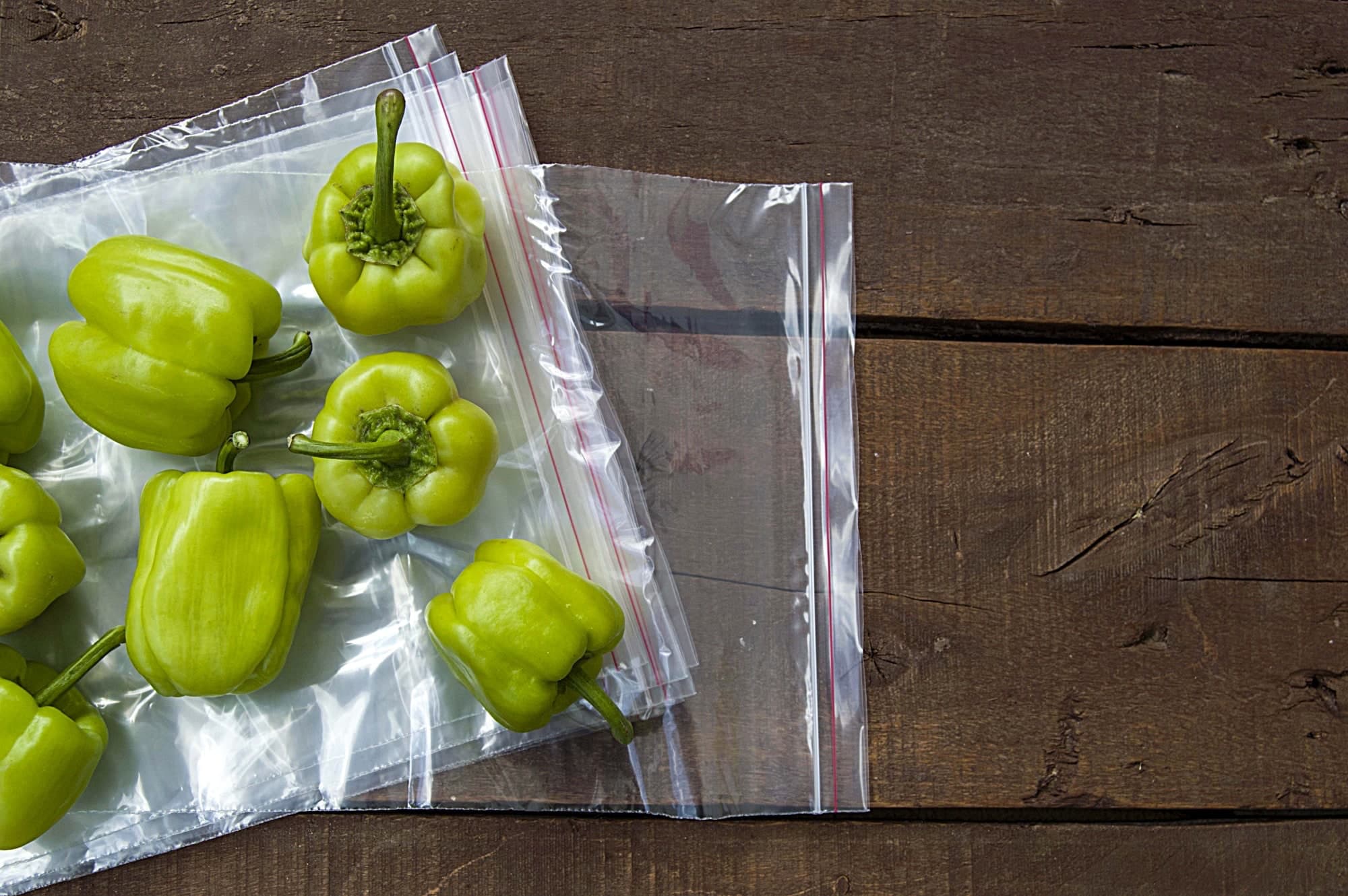
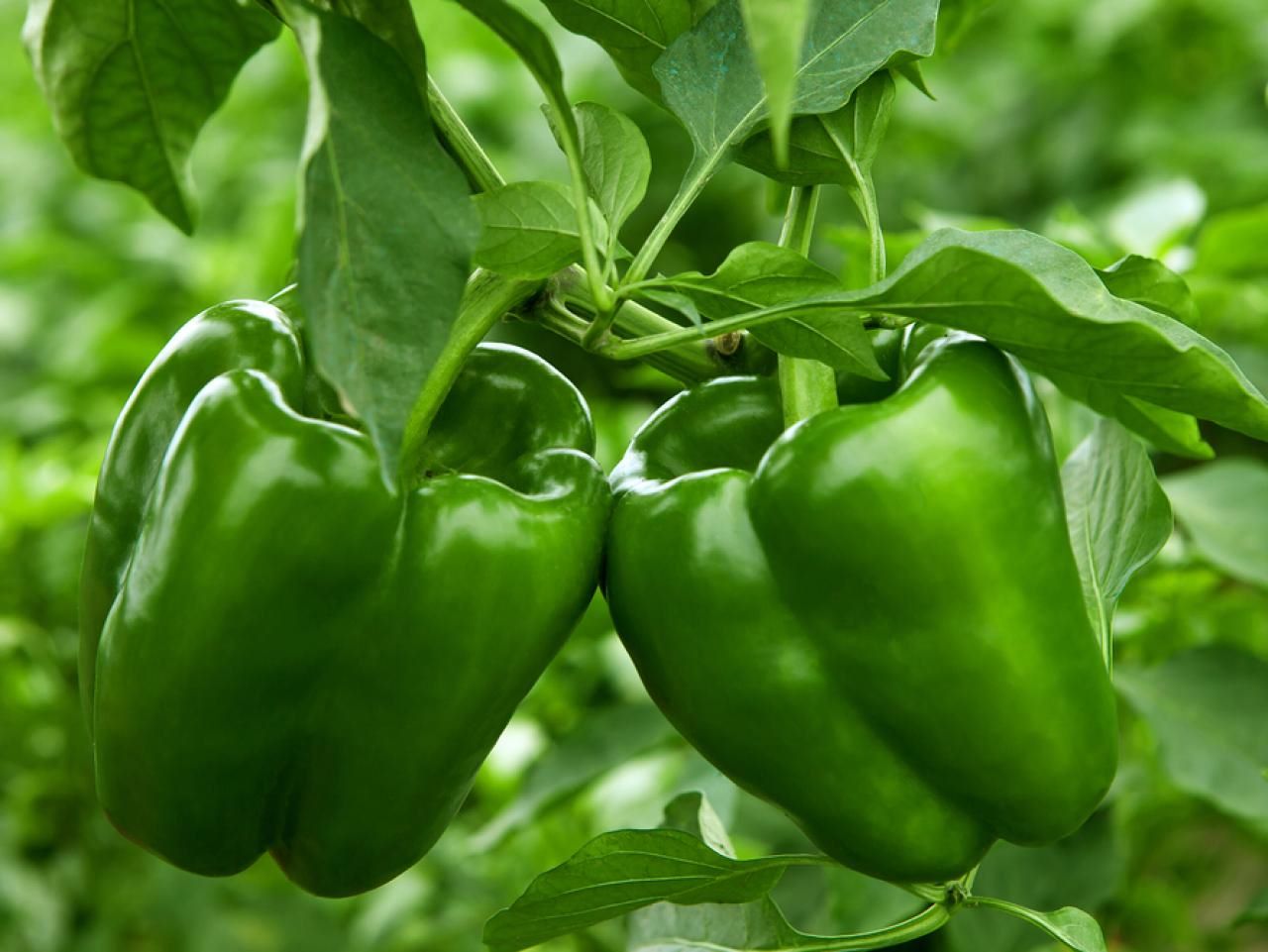
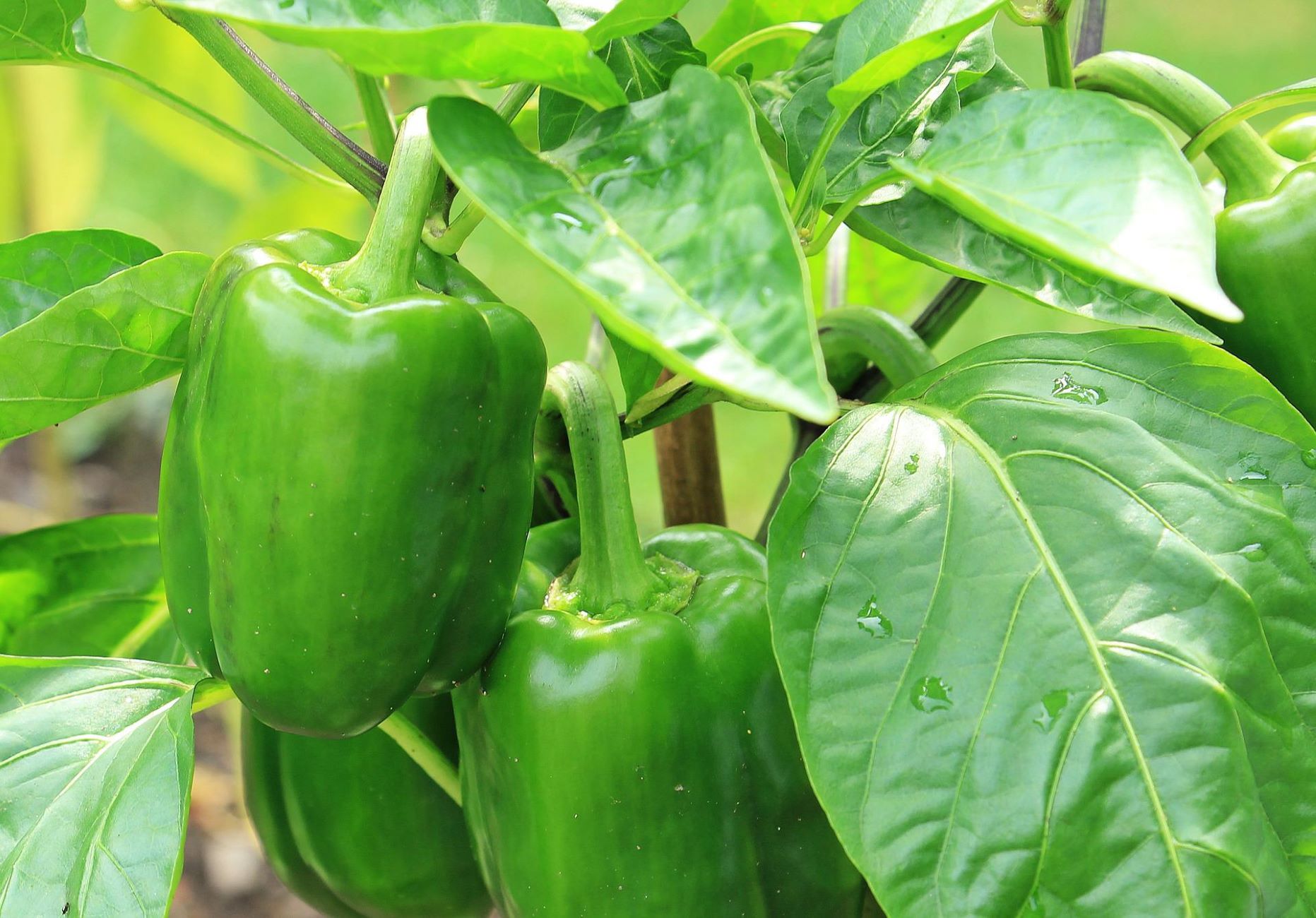
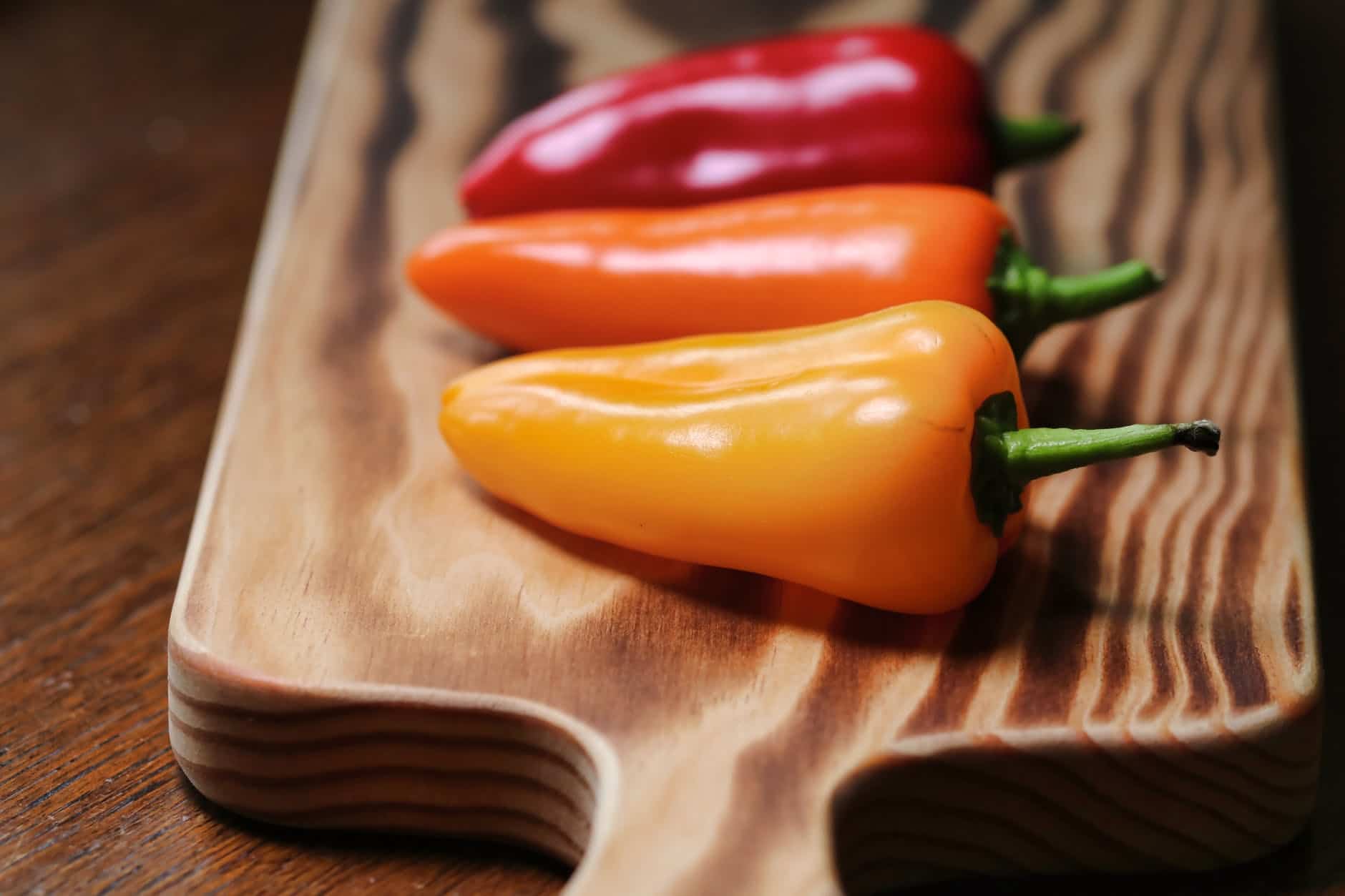
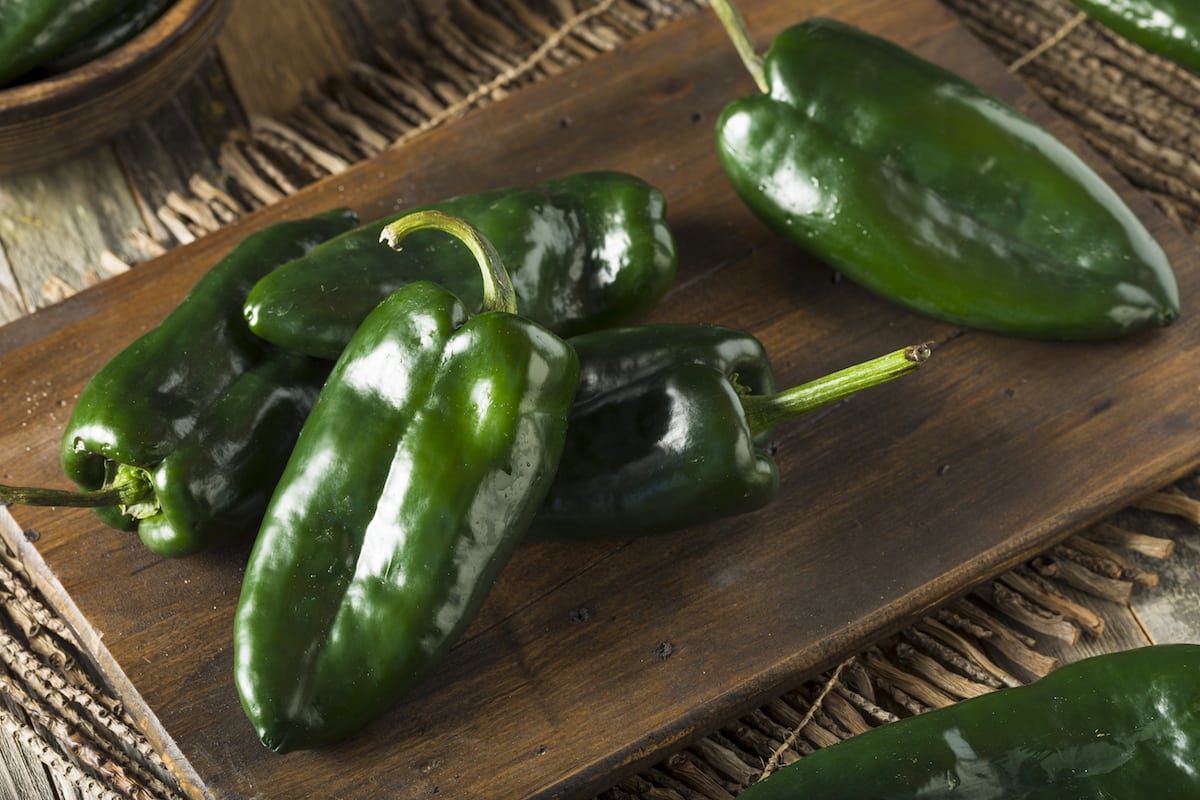
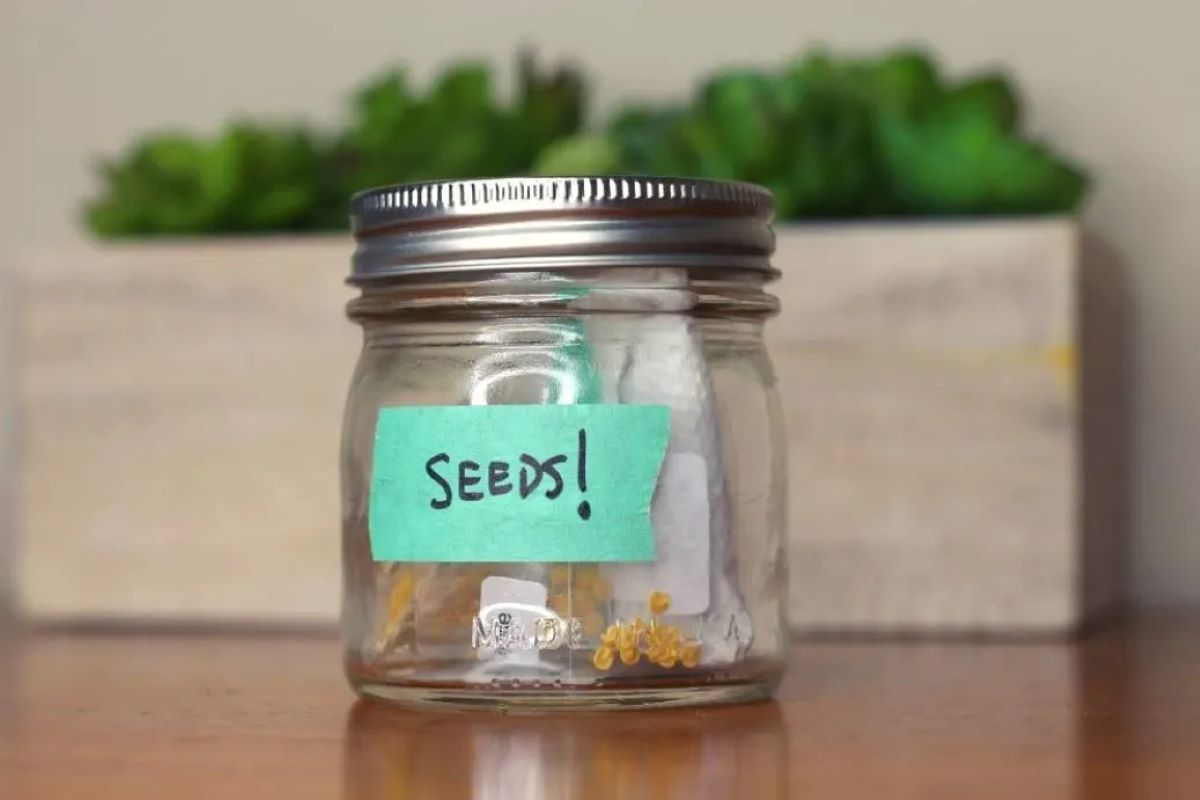
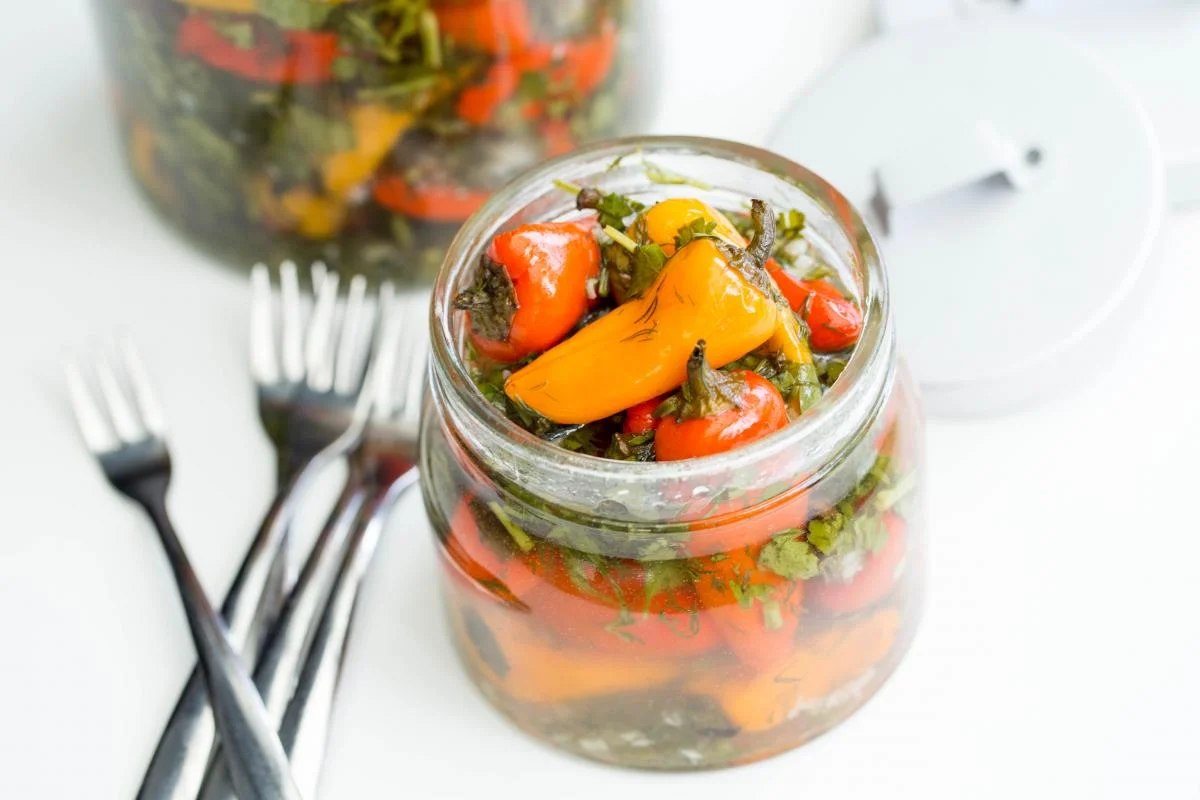
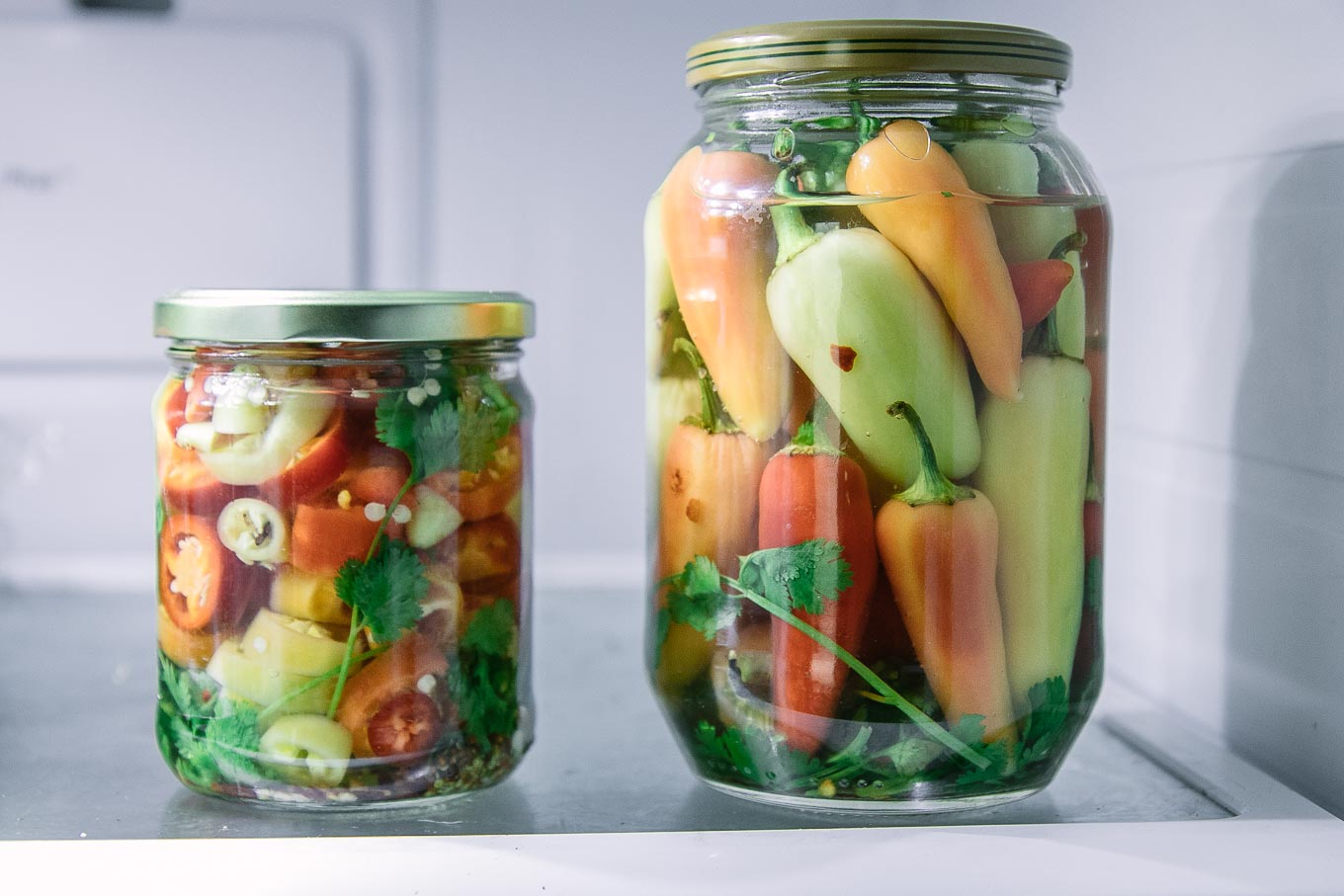
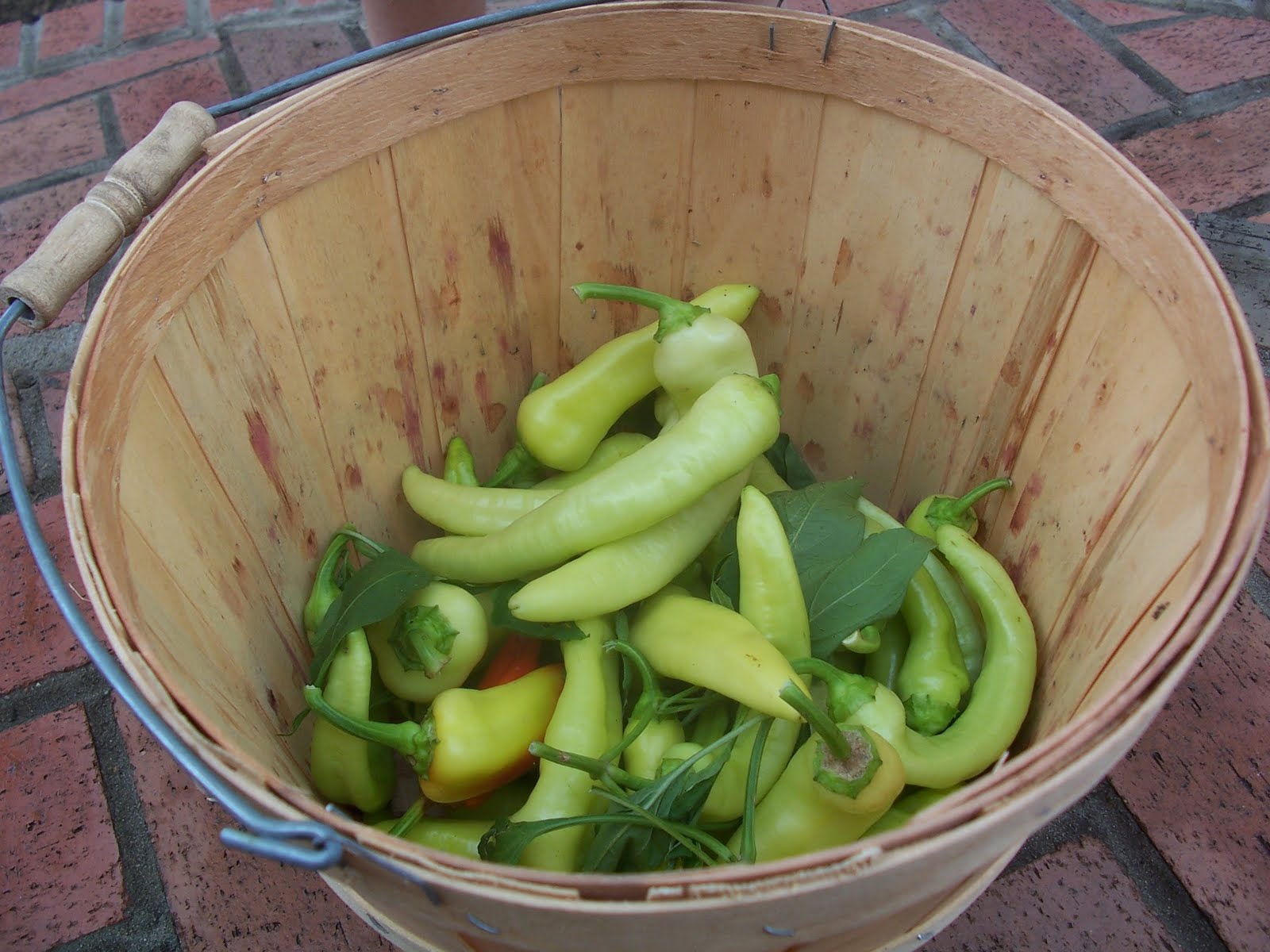
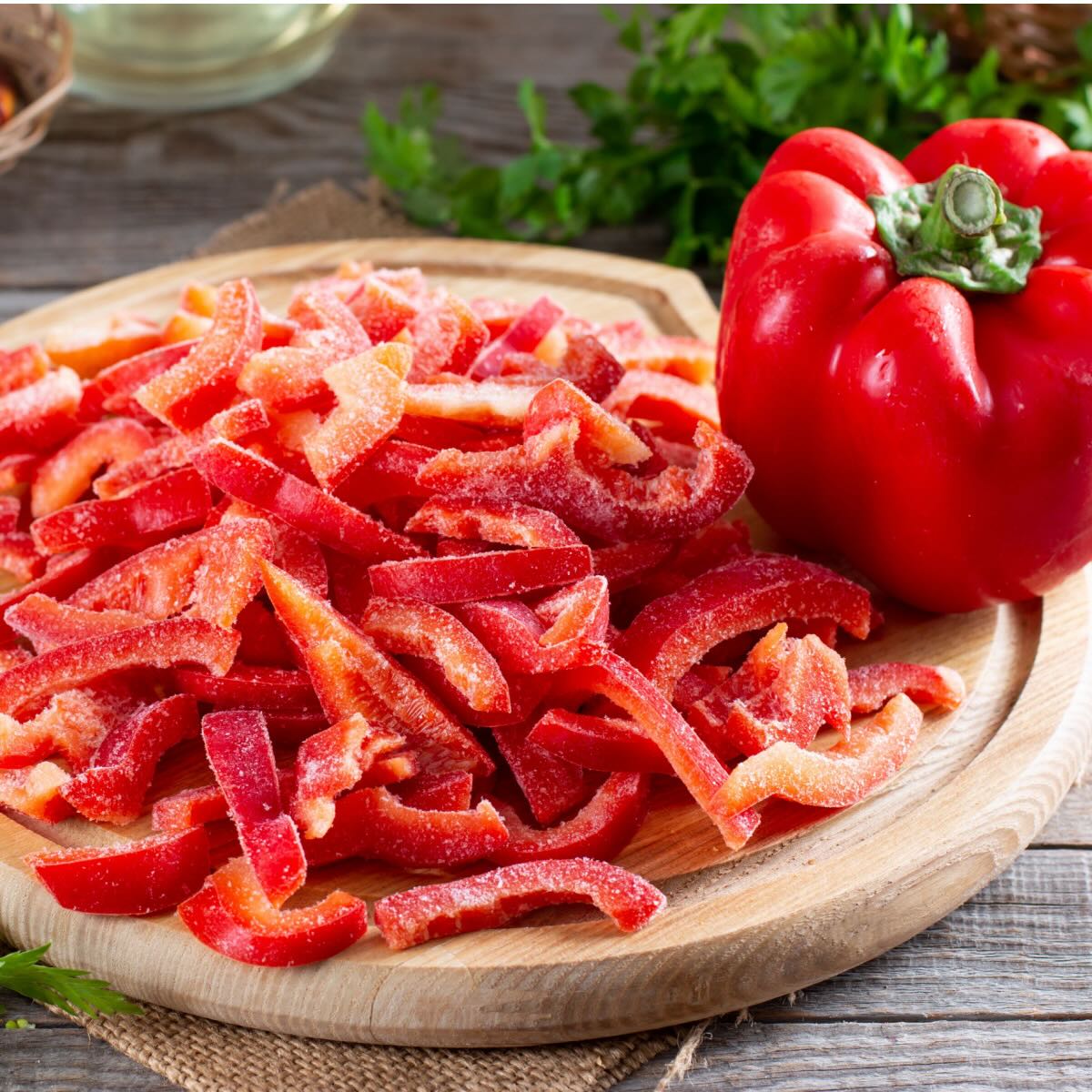
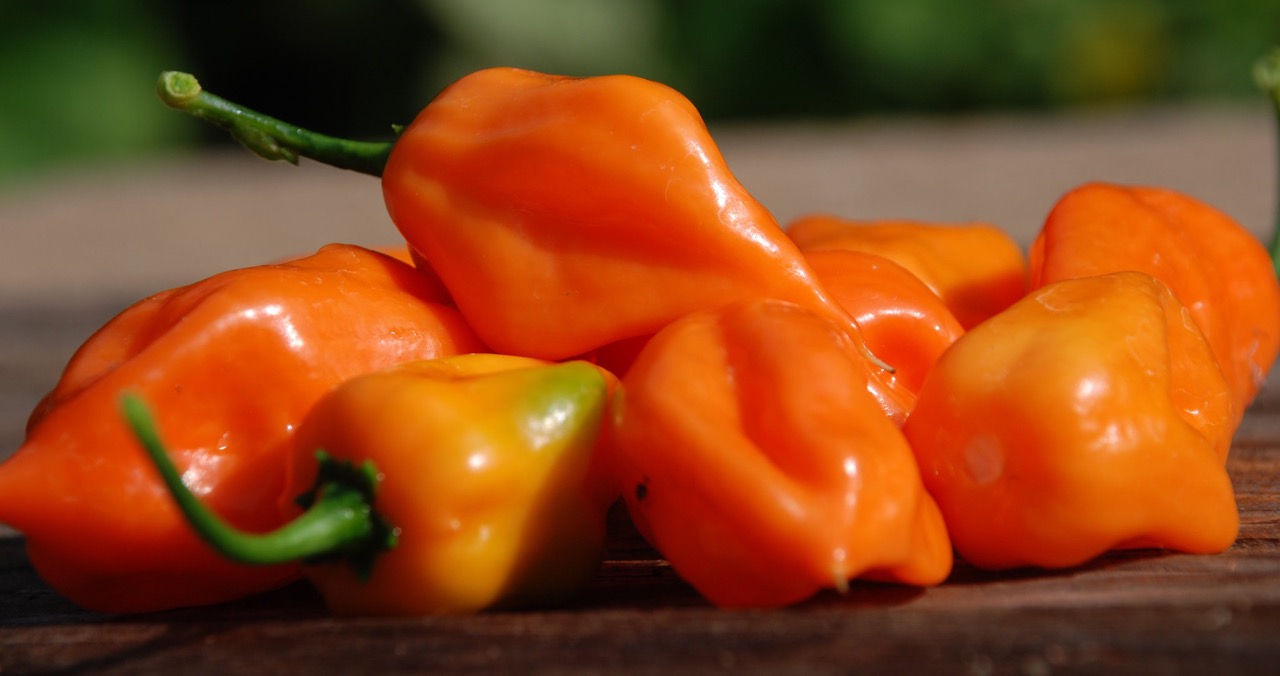
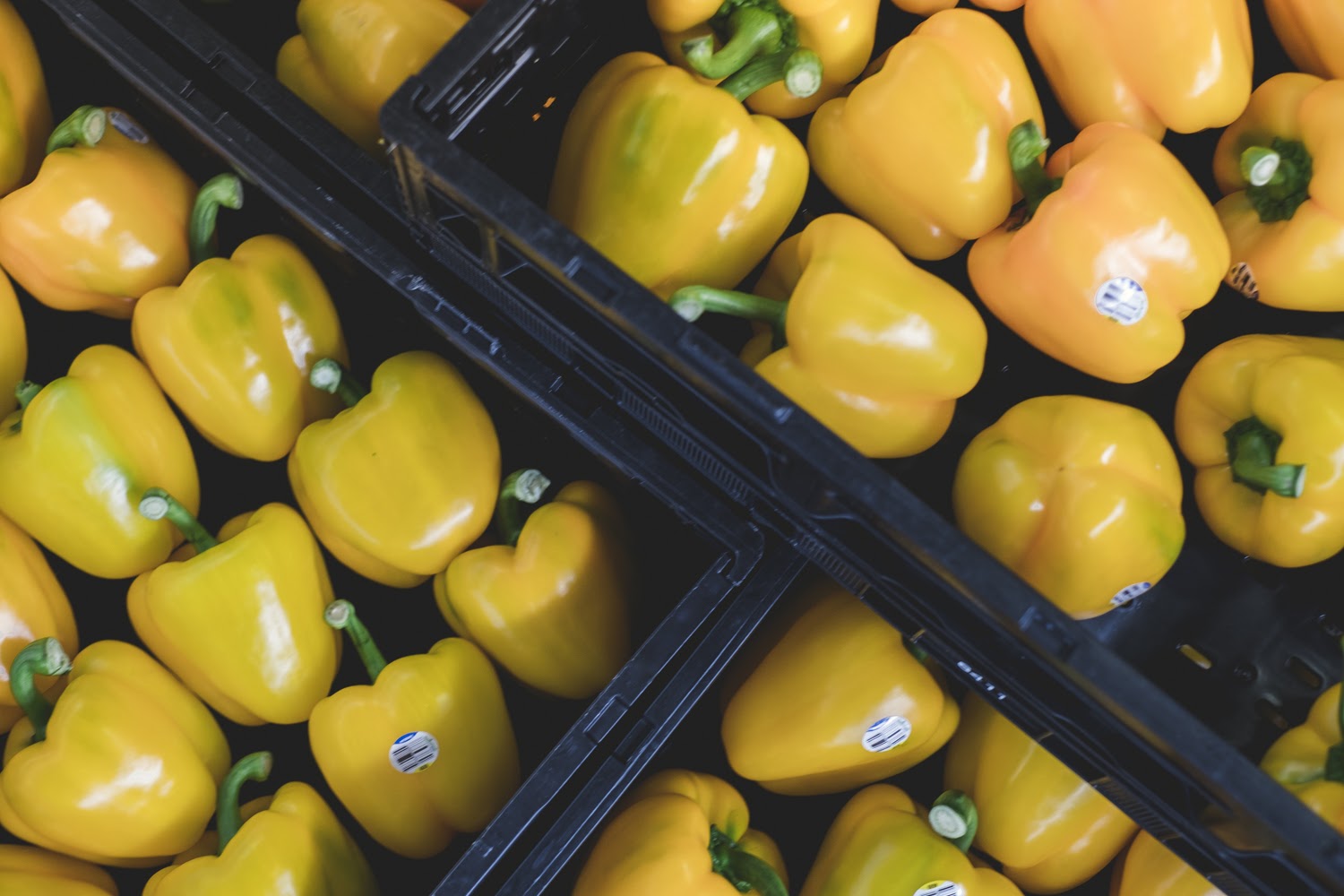

0 thoughts on “How To Store A Green Pepper”